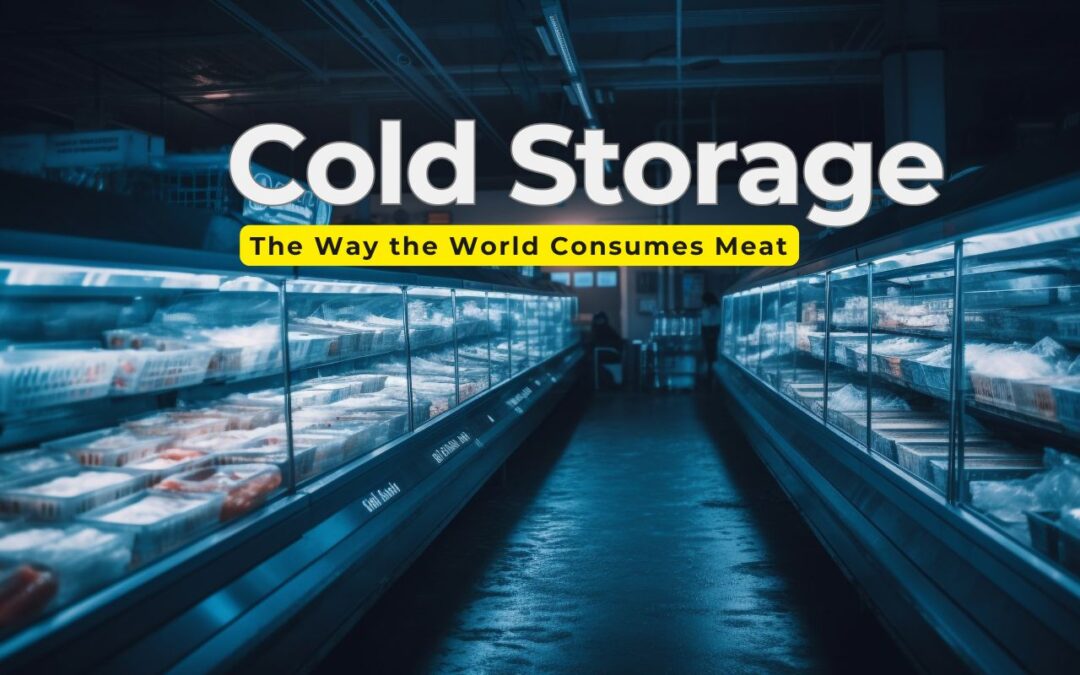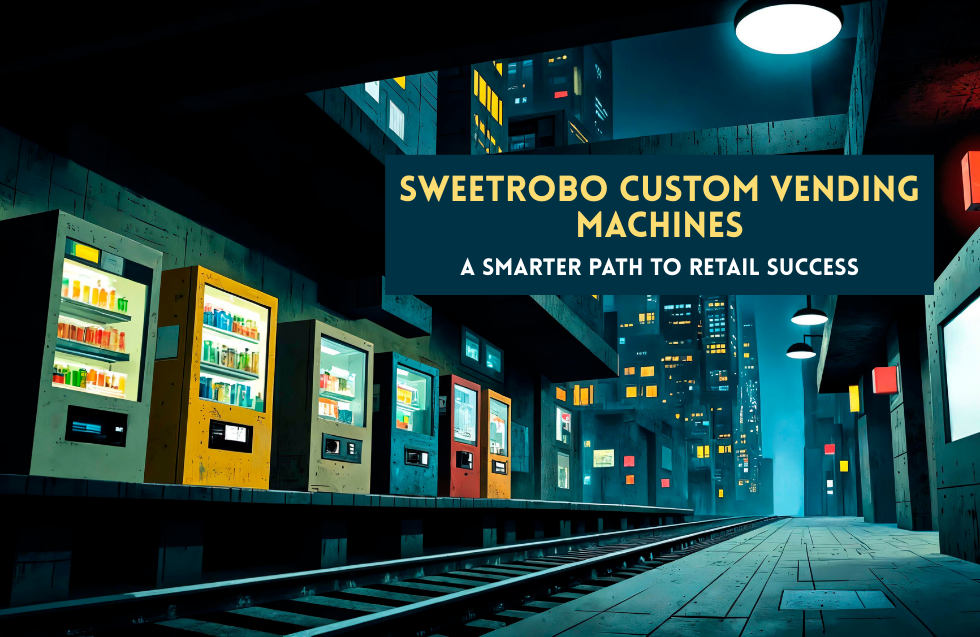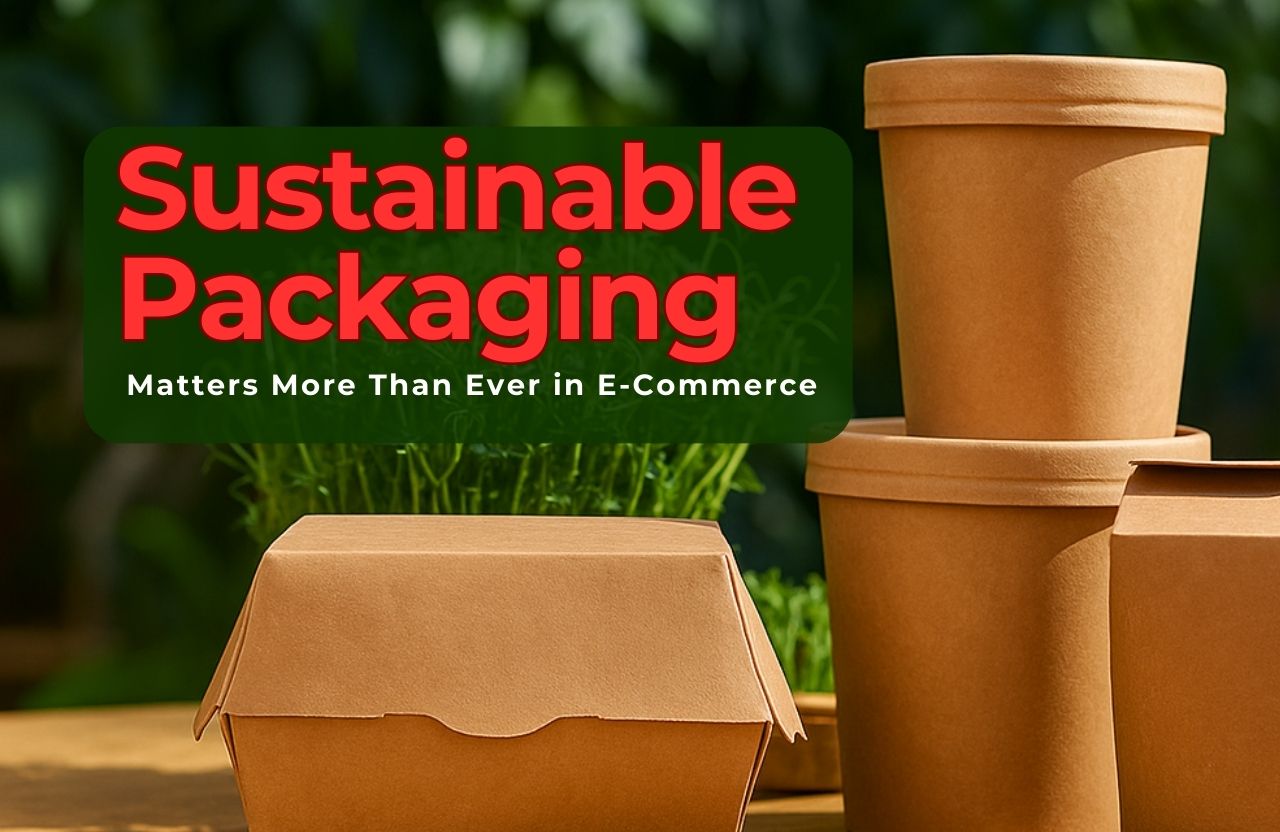Before the invention and widespread adoption of cold storage, meat consumption was localized, seasonal, and limited by the speed at which perishable food could reach the consumer. But with the evolution of cold storage technologies, the meat industry experienced a radical transformation — impacting everything from global trade and agricultural economies to cultural diets and public health. Today, cold storage is the silent backbone of the global meat supply chain, ensuring year-round availability, reducing waste, and expanding consumer choice.
This blog explores how cold storage revolutionized the way the world consumes meat, tracing its history, evolution, socio-economic impact, and the modern dynamics it influences in food systems today.
The Pre-Cold Storage Era: Limited Shelf Life, Local Consumption
Before mechanical refrigeration, meat preservation relied heavily on ancient methods like salting, drying, smoking, and fermenting. These processes, although effective to a degree, altered the taste, texture, and nutritional value of meat. Fresh meat had to be consumed within days—sometimes hours—of slaughter. As a result:
- Meat consumption was largely seasonal, depending on colder climates to naturally preserve it.
- Long-distance transport was virtually impossible. Livestock had to be raised and slaughtered near consumption centers.
- Slaughterhouses and butchers operated locally and a small scale.
The lack of proper preservation limited diets, restricted meat as a luxury for most, and significantly curtailed the possibilities for export or import.
Birth of Cold Storage: A Technological Revolution
The shift began in the late 19th century, with the invention of artificial refrigeration. Mechanical cooling allowed for meat to be stored at low temperatures, delaying spoilage and bacterial growth. The earliest innovations were used in the shipping industry, enabling the first successful transoceanic shipments of chilled meat.
By the early 20th century, cold storage facilities began appearing in major ports and cities around the world. Refrigerated railcars and trucks followed, enabling domestic meat distribution over vast distances.
This technological advancement led to:
- Longer shelf life: Meat could now be stored for weeks without spoiling.
- Decentralization of slaughter: Animals could be processed at source and meat shipped, rather than transporting live animals.
- Year-round supply: Seasonality was no longer a constraint.
- Global trade of meat: Nations could import and export meat efficiently.
How Cold Storage Reshaped Global Meat Supply Chains
The industrialization of cold storage did more than just keep meat fresh; it created the foundation for the global meat industry we recognize today. Here’s how it changed the game:
1. Globalization of Meat Trade
Cold storage enabled countries with abundant grazing lands to become major meat exporters. Regions that previously had surplus livestock but no means to export it now had access to global markets. This led to:
- The rise of meat-exporting economies.
- International price competition.
- Increased availability of foreign meat in domestic markets.
According to data from the Food and Agriculture Organization (FAO), global meat exports increased from less than 10 million metric tons in 1980 to over 36 million metric tons by 2020. This would not have been possible without cold chain logistics.
2. Expansion of Consumer Access
With refrigeration, meat became a staple in diets rather than a luxury. Households could buy and store meat for days or weeks. This transformation:
- Improved protein intake across income groups.
- Introduced people to a variety of meat types beyond their region’s traditional sources.
- Standardized meat cuts and packaging, improving convenience.
Cold storage turned meat from a butcher’s fresh, perishable product into a supermarket staple, sealed and ready for mass consumption.
3. Rise of Industrial Meat Processing
Cold storage enabled centralization of slaughtering and processing facilities. Meat processors could operate in rural locations near farms, ship refrigerated products to cities, and scale their operations for efficiency.
This led to:
- Reduction in urban slaughterhouses.
- Industrial-scale meat processing and packaging.
- Expansion of meat-related jobs beyond cities.
The meat industry became vertically integrated, with cold storage acting as the critical link between each stage—from slaughter to retail shelf.
The Cultural and Dietary Impact of Cold Storage
Cold storage didn’t just transform supply chains; it changed eating habits, diets, and even cultural preferences.
1. More Diverse Meat Consumption
As meat from various parts of the world became available year-round, consumers developed tastes for different cuts and species. Chicken, beef, lamb, and pork became globally traded and consumed commodities.
Cold storage enabled:
- Westernization of diets in developing countries.
- Availability of exotic or non-native meats in urban markets.
- Introduction of frozen ready-to-cook and ready-to-eat meat products.
2. Convenience and Modern Lifestyles
The ability to store meat for longer periods supported the rise of modern grocery shopping habits. Instead of daily trips to local markets, consumers could now shop weekly or monthly, stocking up on refrigerated or frozen meats.
This allowed for:
- Meal planning and bulk buying.
- Growth of frozen food sections in supermarkets.
- Expansion of home refrigeration appliances.
3. Nutritional Improvements and Food Security
By ensuring year-round supply and reducing waste, cold storage helped combat protein deficiencies and improved nutritional outcomes, particularly in growing urban populations.
According to the World Health Organization, global protein-energy malnutrition declined significantly from the 1970s onward—partially due to improved access to animal protein facilitated by cold chains.
Cold Storage and the Environmental Challenge
While cold storage brought immense benefits, it also introduced new challenges—particularly environmental concerns.
1. Energy Use
Cold storages facilities, refrigerated trucks, and household freezers are energy-intensive. The need for constant temperature control results in high electricity consumption, much of which is derived from fossil fuels in many regions.
2. Food Waste and Overconsumption
Ironically, while cold storages helps preserve meat, it can also encourage overproduction and overbuying. Improper storage, power outages, or supply chain inefficiencies still lead to spoilage.
Global estimates suggest that roughly 20% of meat produced is wasted somewhere along the supply chain, despite refrigeration technologies.
3. Greenhouse Gas Emissions
Meat production is one of the most significant contributors to greenhouse gas emissions. Cold storage, while essential, enables mass production and long-distance transport that adds further environmental impact through:
- Emissions from refrigerated transport.
- Use of refrigerants with high global warming potential.
Innovations in Cold Storage: Sustainability and Efficiency
To address these concerns, the industry is exploring more sustainable solutions:
- Solar-powered cold rooms in rural areas for storing meat and dairy.
- Energy-efficient refrigeration units with better insulation and reduced leakage.
- Natural refrigerants with lower environmental impact.
- AI and IoT-based cold chain monitoring, reducing waste by optimizing storage conditions.
By evolving with the times, cold storage continues to balance its core function—preserving meat—with environmental responsibility.
Looking Ahead: The Future of Cold Storage in Meat Consumption
As global meat demand continues to rise—especially in developing economies—the role of cold storage will only grow more critical. However, it must evolve in the face of several trends:
- Rise of alternative proteins: Lab-grown and plant-based meats require new cold chain models.
- Consumer demand for freshness and traceability: Digital technologies will play a role in real-time temperature tracking and transparency.
- Urbanization and last-mile logistics: Smaller cold storages hubs in cities will be needed for rapid delivery systems.
- Climate change resilience: Storage systems must withstand heatwaves, floods, and power disruptions.
Ultimately, cold storage is more than a technology—it’s an enabler of modern life, shaping what, when, and how people eat meat across the globe.
Conclusion
Cold storage revolutionized the way the world consumes meat. From local, seasonal consumption to global trade and year-round availability, this innovation reshaped supply chains, diets, economies, and public health. Its impact spans beyond convenience; it’s about accessibility, nutrition, and resilience.
As the global population grows and food systems modernize, the demand for sustainable and efficient cold storage will become even more pronounced. Whether it’s supporting food security or reducing environmental harm, cold storages stands at the crossroads of tradition and innovation in the ever-evolving meat industry.













